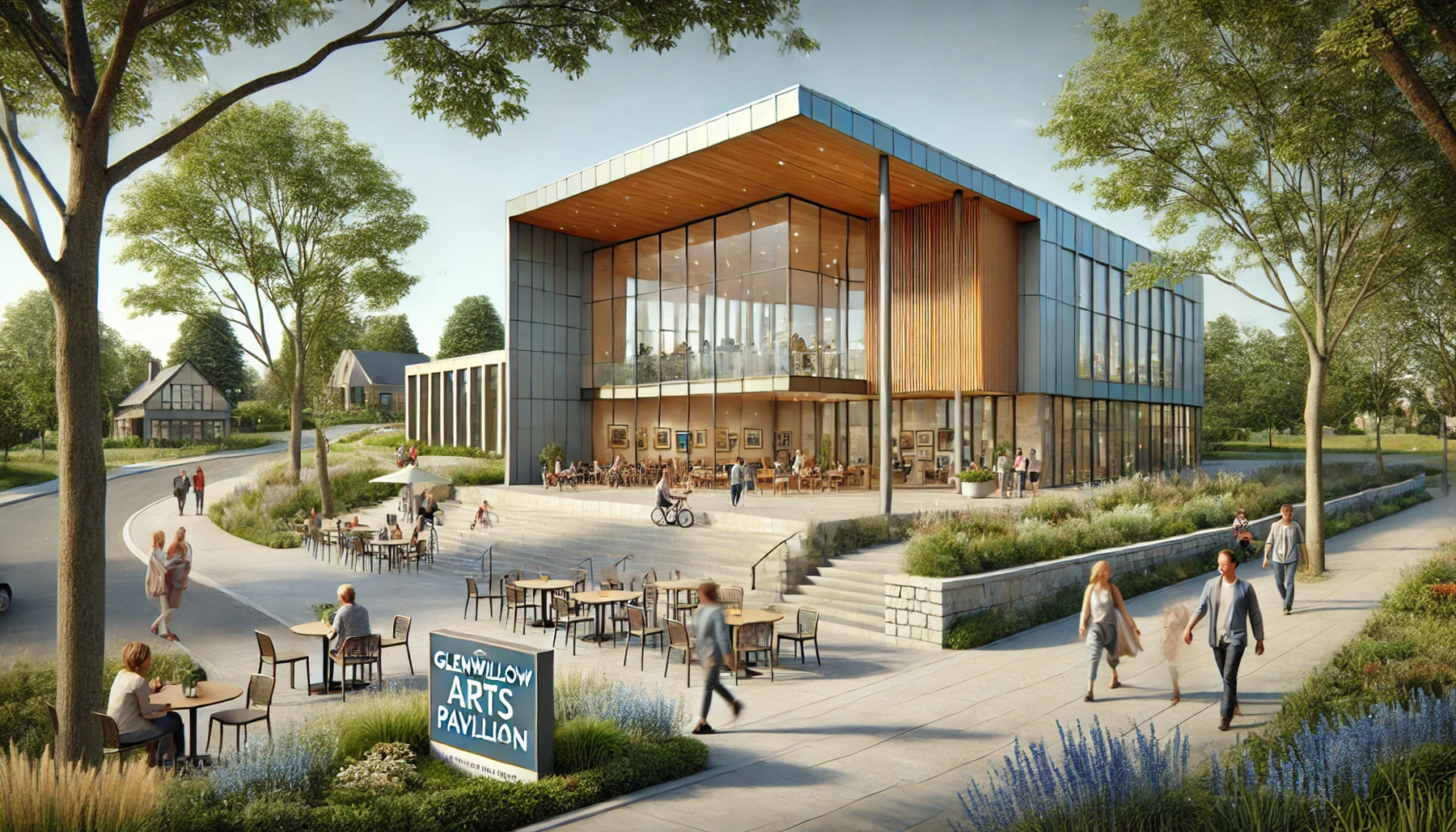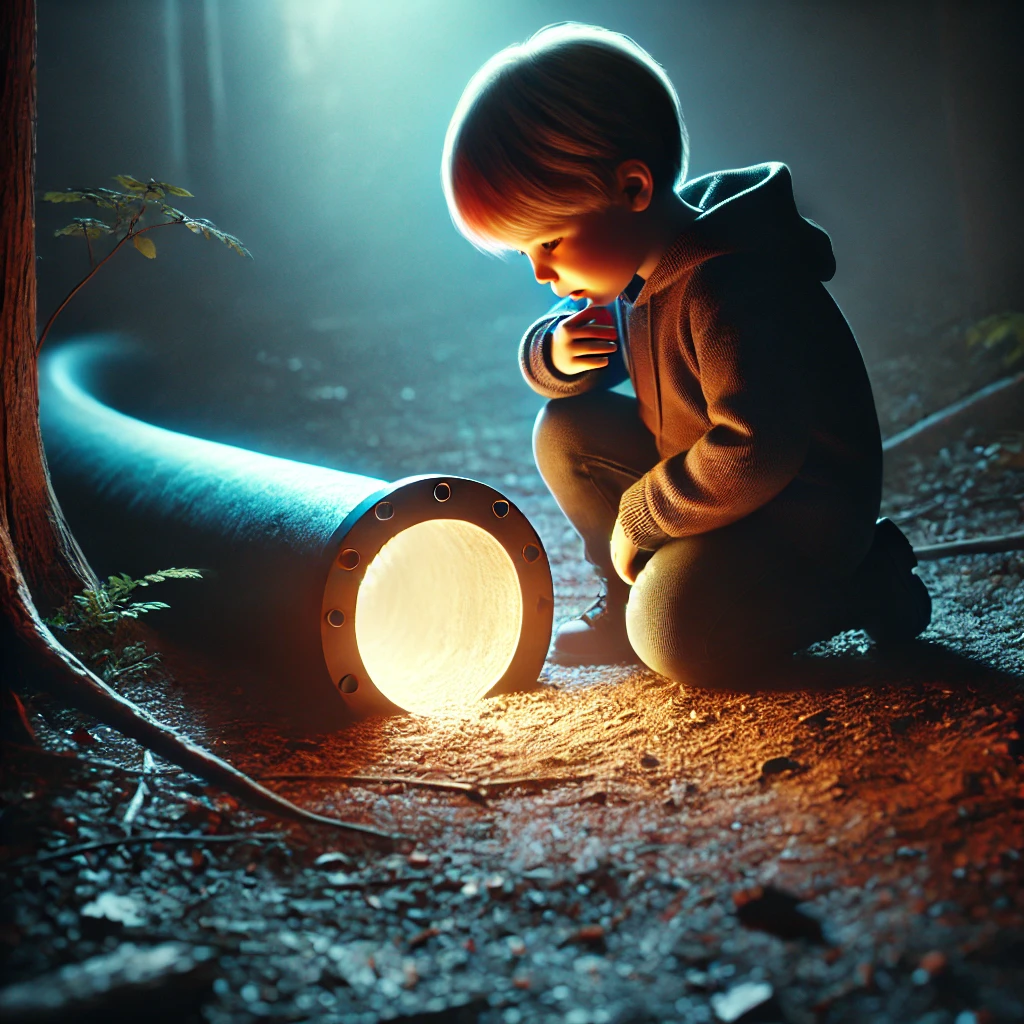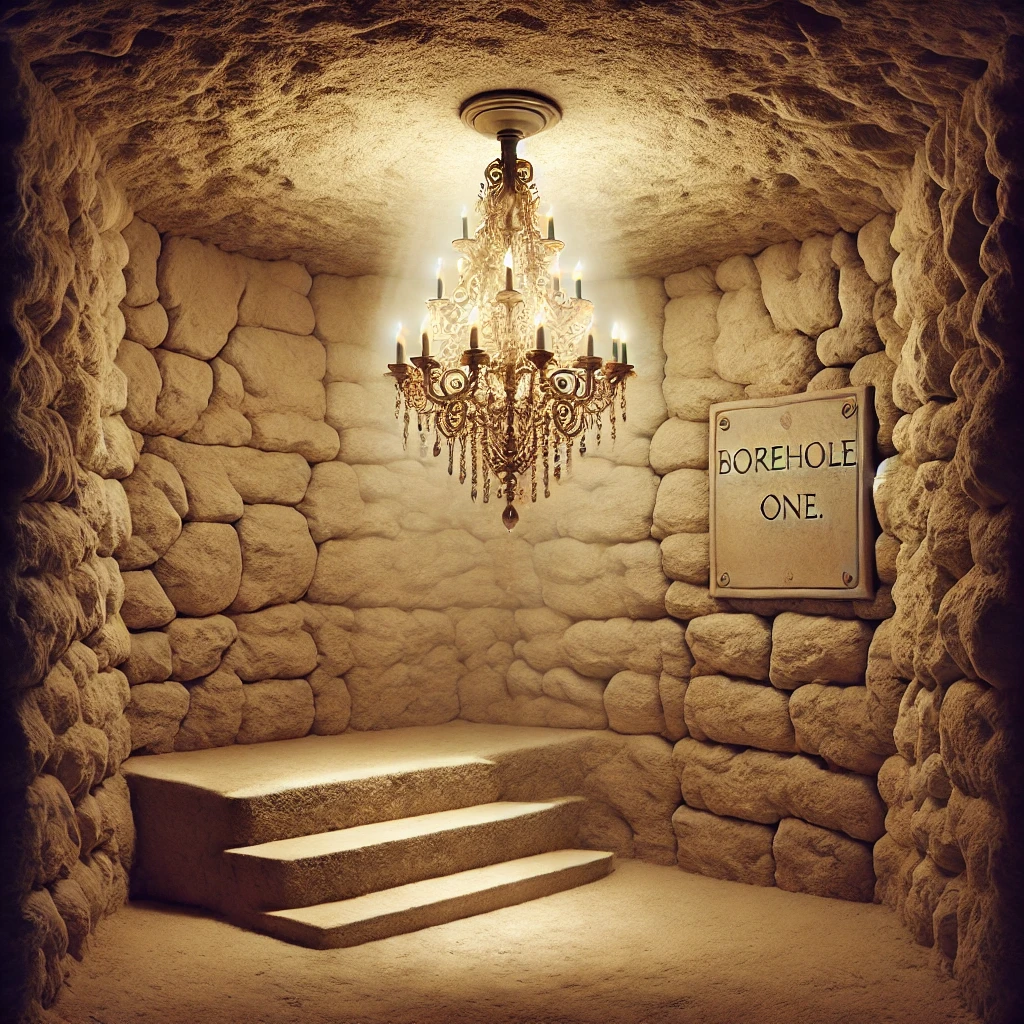
Kindness? You Can't Be Kind Enough.
by Dana Agreewell, E.I.T. | June 29, 2025, 9 a.m.
I know you’re busy, and I appreciate you taking the time to read this. I always try to write plainly, because I think plainness is a form of respect. The same is true of engineering. When I talk about kindness in design, I don’t mean philosophy. I mean the everyday kind — following up, responding gently, saying yes when someone asks for something small and unexpected. I don’t see it as a strategy. It just feels like the right way to be.
The Glenwillow Arts Pavilion was a small civic project — radiant floor slab, flexible event space, a few office wings, and a small café near the lobby. The geothermal system was straightforward. Twenty vertical bores behind the parking lot, a pair of water-to-water heat pumps in a back corridor, and a concrete vault tucked just behind a bioswale.

The Glenwillow Arts Pavillion
At our kickoff meeting, someone from the building committee said they hoped the design could “celebrate heat transfer.” It was a passing comment, one of those things people say when they’re trying to sound engaged. I nodded. I wrote it down. But I didn’t do anything with it. The design still performed. I thought that was enough.
The first round of changes was mild. The client asked if the loopfield could be shaped like the Glenwillow town crest. It wasn’t too complex, so I adjusted the spacing and updated the layout. Then they asked if the vault lid could be covered with mosaic tile — they wanted people to be able to walk across it barefoot during performances. I changed the detail and checked surface temperatures. Later, the landscape architect wondered if the trench path could meander through the proposed poetry garden, covered with seashells. I said I’d take a look, and I made it work.

Glenwillow Town Crest (Simplified for Clarity)
The contractor missed a few coordination meetings, so I stayed late to sketch the trench routing and pipe connections. I flagged a potential issue at the vault edge and adjusted the sleeve location. I didn’t make a point of it. There was nothing special about the effort. It just seemed like something someone should do.
By the end of the construction set, the system still held together. It had been stretched in a few places — reshaped here, softened there — but it functioned cleanly, and it reflected everyone’s input. I took that as a small win.
Yet, a few days before final submission, the client let me know they had received a supplemental geothermal concept from another engineer. They said they wanted to review it “as part of their design exploration.” They were polite about it. They emphasized there were no problems with my work. I said I understood.
The alternate design came from someone named Trevor. I hadn’t worked with him, but I’d seen his renderings before — systems integrated into exhibit walls, vaults with gallery lighting, loopfields reimagined as landscape art. He had a reputation for making things “educational.”
Trevor’s concept used the same bore count, the same peak loads, the same zoning strategy. But the delivery was different. The loopfield layout remained in the shape of the town crest, but it was now outlined with a translucent vault ring, lit from within by programmable LEDs, blue in summer, red in winter. The vault itself had been deepened to include a spiral staircase for visitor access. At the base of the stairs, a small tunnel with a ladder extended all the way to the bottom of one borehole — a “thermal observation gallery,” according to the plan notes.

Child kneeling beside a glowing pipe.
The controls sequence had been replaced with a cutaway diagram titled “How Warmth Moves.” One of the event details showed a child kneeling beside a glowing pipe.
They told me my documentation was clear, and the coordination had been handled well. But they felt Trevor’s design actually told more of a story. Specifically, they said, he had responded thoughtfully to their request to highlight the concept of heat transfer.
I had remembered that request. I just hadn’t acted on it. I think, at the time, I assumed the physics would speak for themselves.

Chandelier-lit Room for 'Borehole One'
A few weeks later, I saw a rendering posted online. The caption read: “Geothermal is more than technology — it’s an experience.” The image showed a chandelier-lit room at the base of the borehole tunnel, with a plaque on the wall that said Borehole One.
The longer I sat with it, the more I understood it wasn’t a performance. Trevor had simply responded — generously — to something I had set aside. Not because it was efficient. Not because it made sense. But because someone had asked, and he thought it might be nice to try. Just pure kindness. And I have to agree that both the staircase and that thermal observation gallery were very thoughtful additions.
Thank you for your time.
About the Author
Dana Agreewell, E.I.T. (Endlessly Involved Technician)
Project Designer, Heartline Thermal Systems
Motto: “We can make that work, if that’s what you’d like.”
Fun Fact: Once shaped a loopfield to match a community logo. It was later replaced with a walking labyrinth, but the pipes are still down there, and their outline can be viewed from Google Earth.